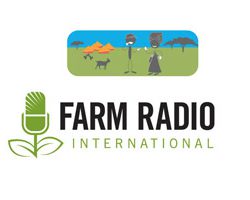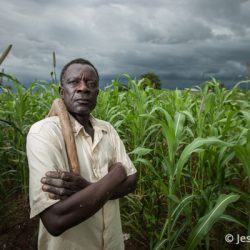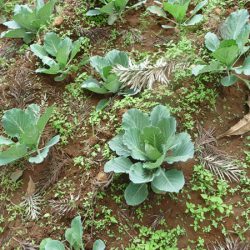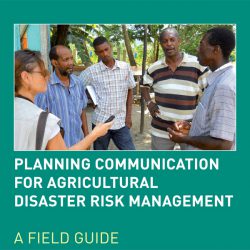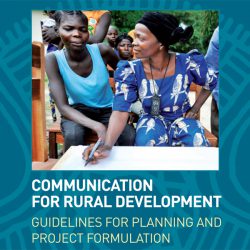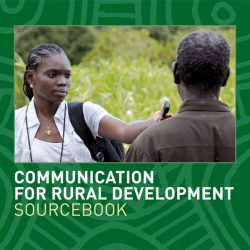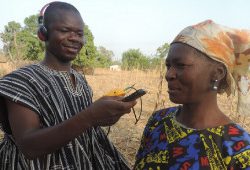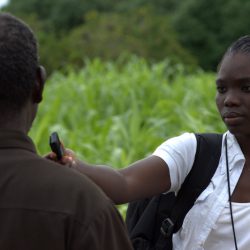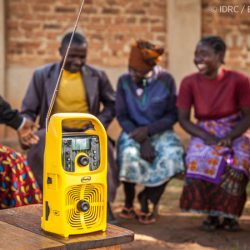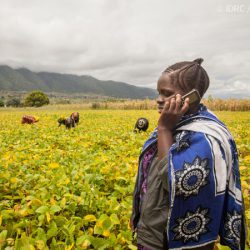Use VOICE to make good farmer programming
If you are looking for ways to improve your farmer program, Farm Radio International’s online learning module is a great place to learn new techniques. This self-guided learning module uses simple pictures, questions, and short activities to explain key concepts. Use VOICE to make good farmer programming This module explores Farm Radio’s VOICE Standards. You will learn why farmers turn off a farmer program, why your station should have a

